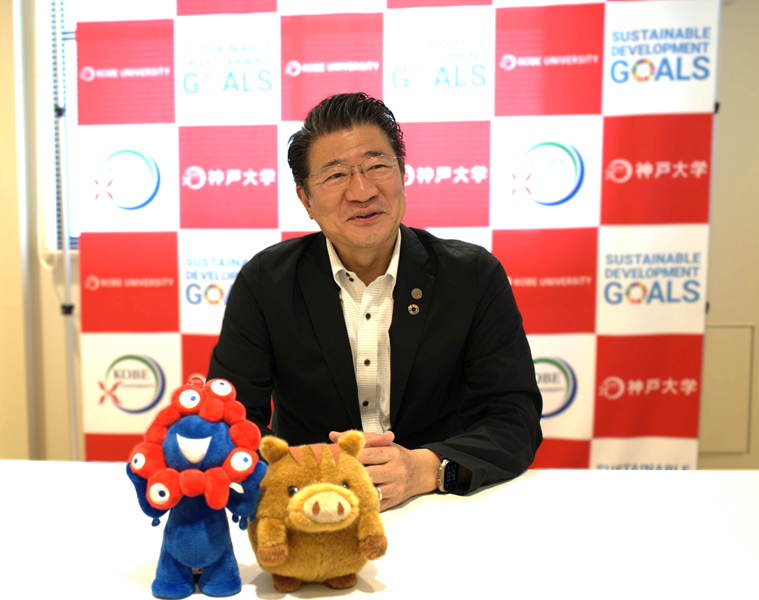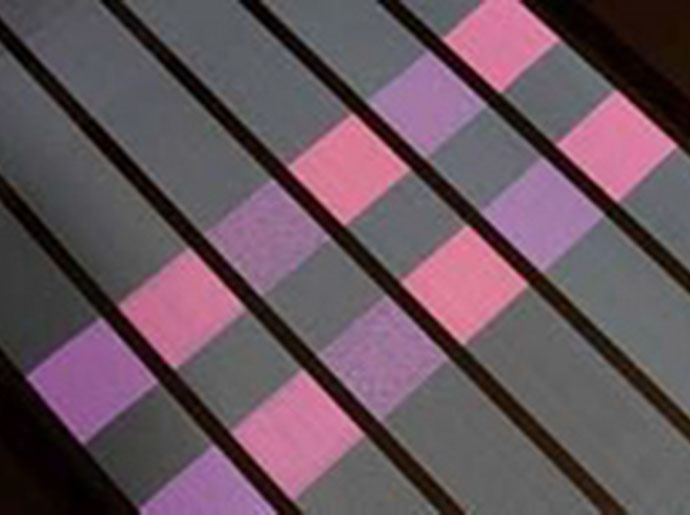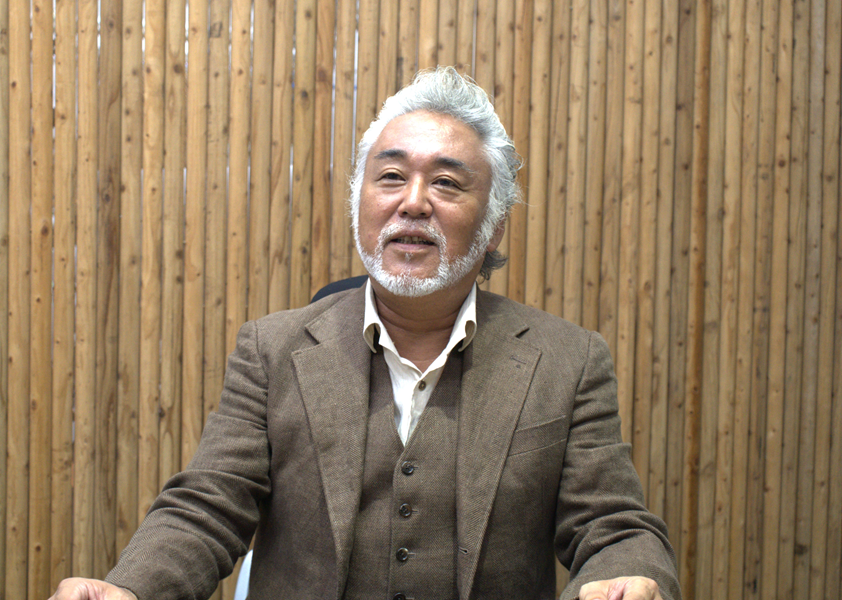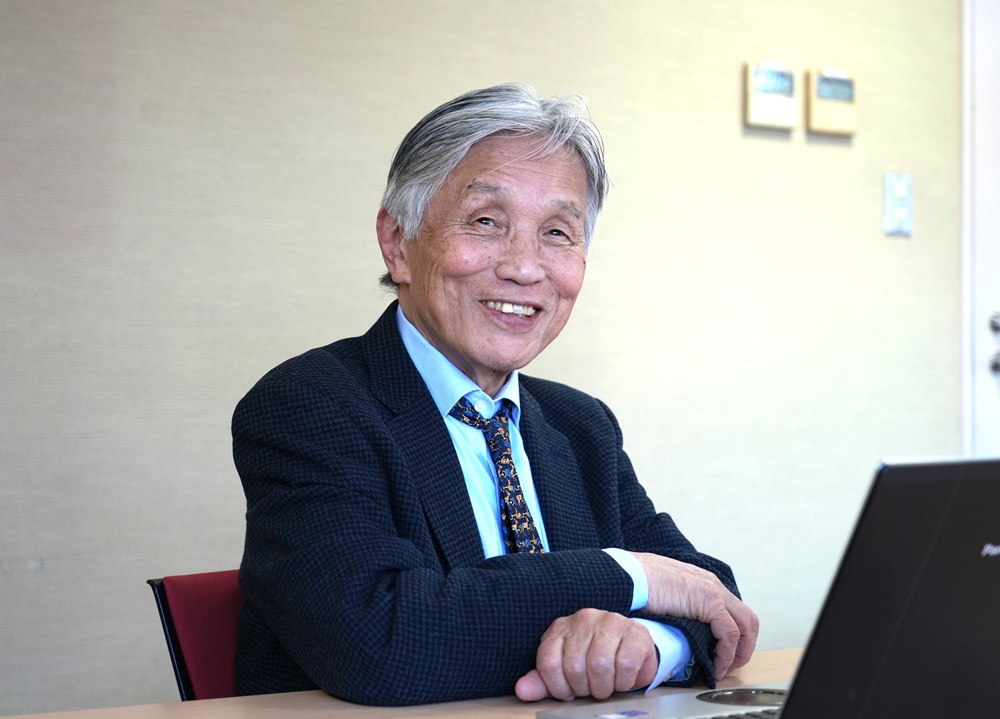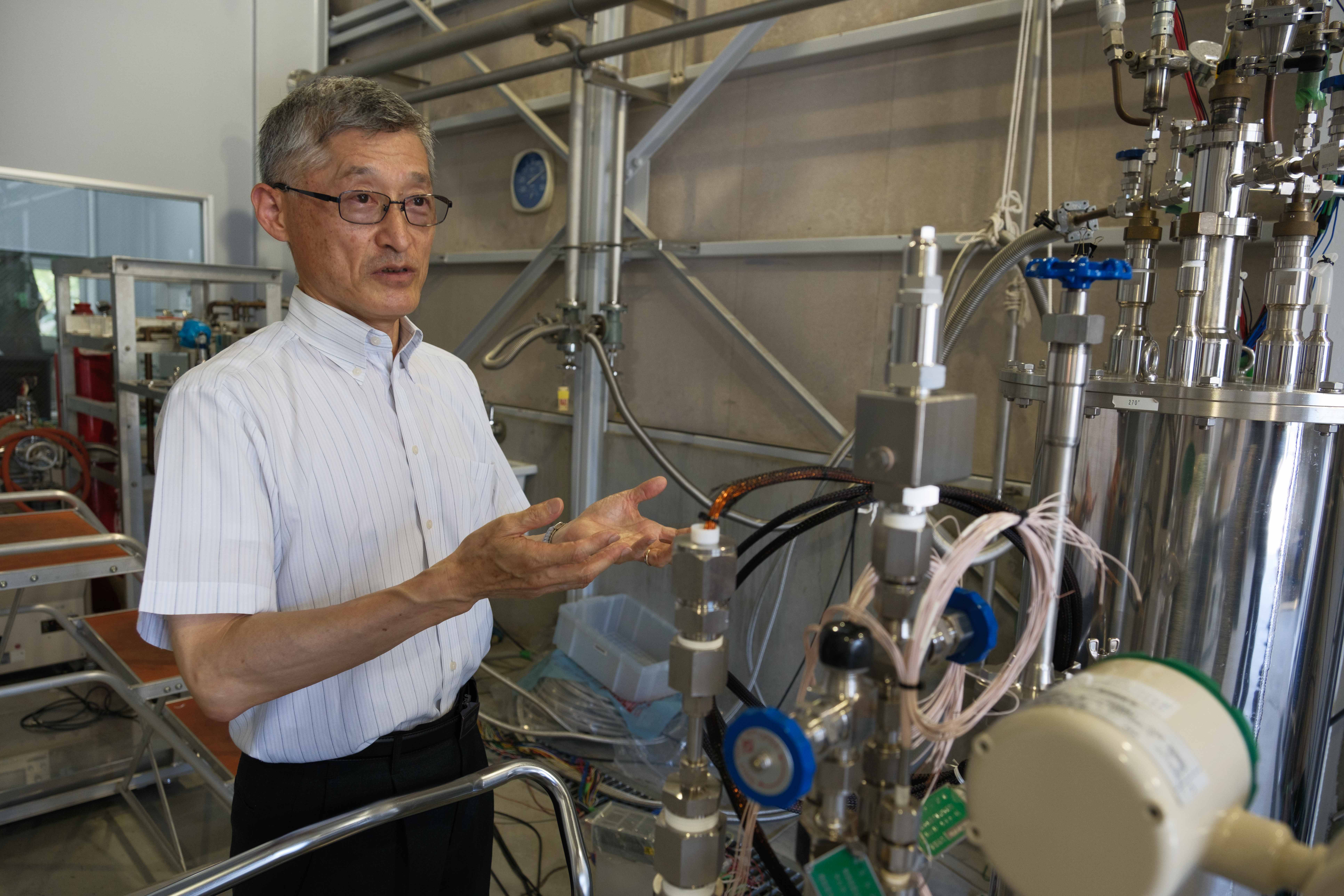Solar cells convert the sun’s energy into electricity by converting photons into electrons. A new solar cell design could raise the energy conversion efficiency to over 50% by absorbing the spectral components of longer wavelengths that are usually lost during transmission through the cell. These findings were published on April 6 in the online edition of Nature Communications.
This research was carried out by a team led by Professor KITA Takashi and Project Assistant Professor ASAHI Shigeo at the Kobe University Graduate School of Engineering.
In theory, 30% energy-conversion efficiency is the upper limit for traditional single-junction solar cells, as most of the solar energy that strikes the cell passes through without being absorbed, or becomes heat energy instead. Experiments have been taking place around the world to create various solar cell designs that can lift these limitations on conversion efficiency and reduce the loss of energy. The current world record is at 46% percent for a 4-junction solar cell. If the energy-conversion efficiency of solar cells surpasses 50%, it would have a big impact on the cost of producing electricity.
In order to reduce these large energy losses and raise efficiency, Professor Kita’s research team used two small photons from the energy transmitted through a single-junction solar cell containing a hetero-interface formed from semiconductors with different bandgaps. Using the photons, they developed a new solar cell structure for generating photocurrents. As well as demonstrating theoretical results of up to 63% conversion efficiency, it experimentally achieved up-conversion based on two photons, a mechanism unique to this solar cell. The reduction in energy loss demonstrated by this experiment is over 100 times more effective compared to previous methods that used intermediate bands.
The team will continue to design solar cells, and assess their performance based on conversion efficiency, working towards a highly efficient solar cell for low-cost energy production.
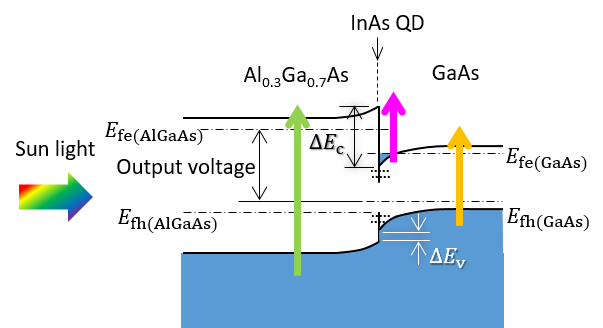
The light represented by the red and yellow arrows normally passes through when only a semiconductor is used, but with this system the light is absorbed, greatly increasingly the flow of electricity.
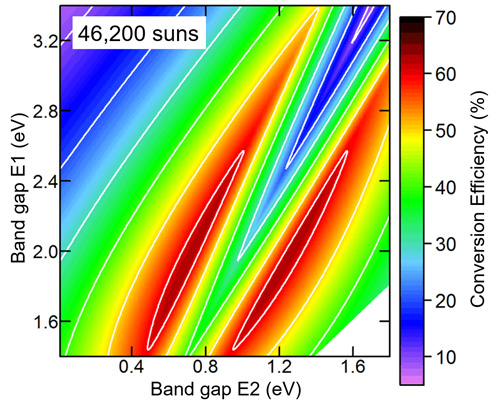
The efficiency changes in response to the use of two different bandgaps in a hetero-interface. The highest conversion efficiency is 63%.
Journal information
- Title
- “Two-step photon up-conversion solar cells”
- Authors
- Shigeo Asahi, Haruyuki Teranishi, Kazuki Kusaki, Toshiyuki Kaizu, and Takashi Kita Department of Electrical and Electronic Engineering, Graduate School of Engineering, Kobe University
- Journal
- Nature Communications







